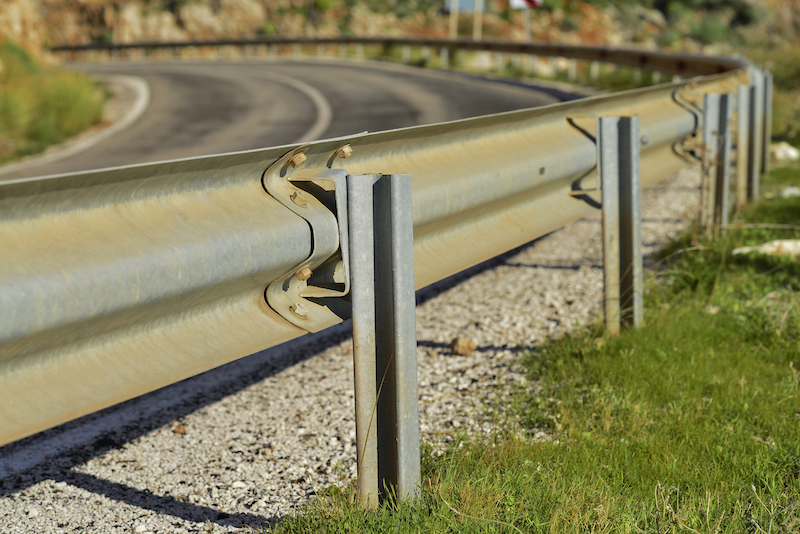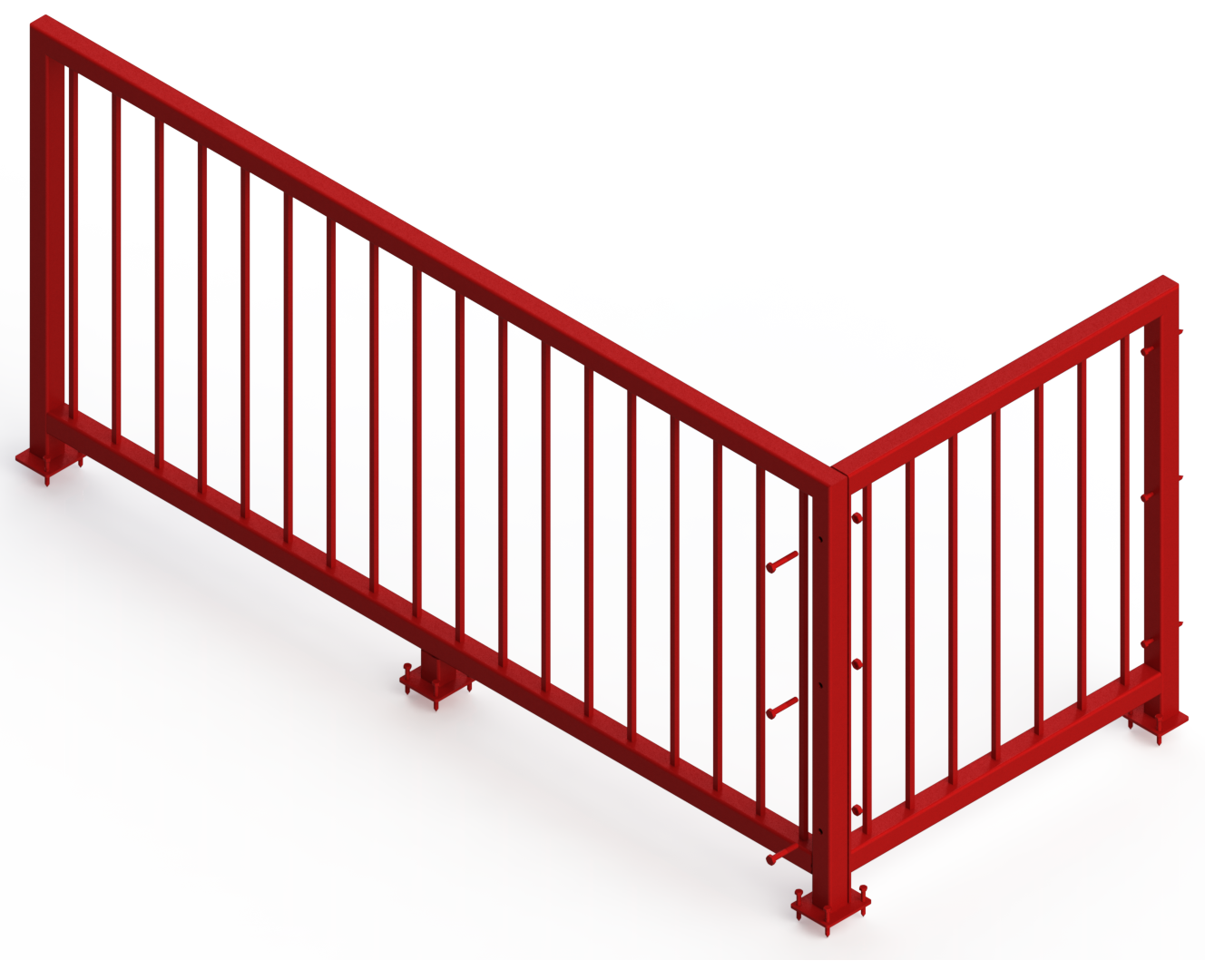

Unique requirements: OSHA changed the requirements around stair rails effective at the beginning of 2018.These safety barriers are installed in tandem with hand rails, to make sure staircases have both fall protection and support. What they are: Stair rails offer the same functionality as guard rails - ensuring there are not unguarded drops - and they are installed on the exposed sides of stairways.If the staircase is wider than 88 inches, there must be a hand rail down the middle. Staircases with at least four risers and three treads must have one hand rail, those wider than 44 inches must have two. While the latter guard against falls, hand rails are for holding on the way down or up. Hand rails on staircases are not the same as stair rails. Since the purpose of a hand rail is to be held, these assets must be grasped. These rails must also have smooth surfaces and not project in a way that could cause injury. Unique requirements: As with guard rails, OSHA requires hand rails to resist 200 pounds of directly applied force.What they are: Rather than acting to keep people or objects away from open edges, hand rails are explicitly designed to offer support as individuals walk down a slope or a staircase.As described by Oregon OSHA, these asset types are defined by the following traits: In addition to standard guard rails, OSHA maintains two related categories, hand rails and stair rail systems.īy determining what makes these latter two kinds of assets unique, you can find where in your facility they are required and ensure they are up to standards. Some areas of the warehouse do not require full-scale guard rails, but still demand some type of handhold that will make it easier for employees to traverse that space. Types of warehouse guard rail and hand rail systems When these assets are built to specifications and installed correctly, they form an essential piece of a facility’s safety awareness program. While there are many OSHA regulations, they largely add up to a common-sense approach to guard rails. When installing guard rails on ramps and runways, facility owners have to make sure to protect all otherwise-unprotected sides of the walking surface. There are also regulations about which materials are acceptable for use in rails, posts and other parts of the systems, as well as how wide in diameter those rails should be. No rail overhang of terminal posts if it would pose a risk.Smooth surfaces to protect against punctures, lacerations and snagged clothing.Midrail panels and members that can withstand 150 pounds of force.Ability to withstand 200 pounds of force within 2 inches of the top edge without failure.Openings of no more than 19 inches between protective members.



An assessment of guard rail usage can begin by checking current equipment against Occupational Health and Safety Administration standards.


 0 kommentar(er)
0 kommentar(er)
